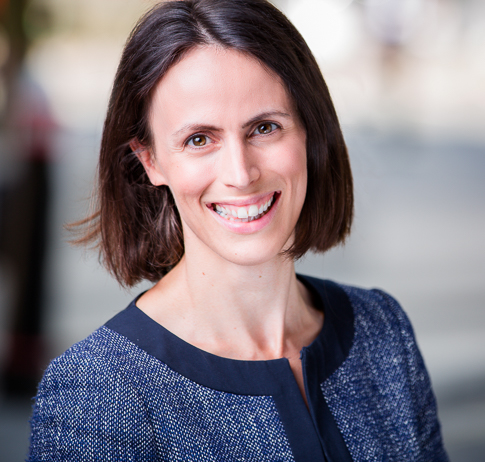Beasant v Royal Commonwealth Society for the Blind (known as Sightsavers)
Sir Anthony Mann handed down judgment this morning on an appeal from Chief Master Shuman’s determination here that the value of a legacy, of the maximum that can be left free of tax, must take into account the value of other gifts.
The decision echoes the Court of Appeal’s 2010 decision in RSPCA v Sharp described here.
What happened?
Mrs Arkell left her nephew Mr Beasant an apartment worth £240,000, shares worth £218,256, and personal items worth £1,390, all free of tax. She left £45,000 to other friends/ relations and gifted the rest of her estate equally between 21 charities.
Her Will also contained the following clause:
'4 I GIVE the Nil-Rate Sum to my trustees on trust for … JOHN WAYLAND BEASANT.
4.1 In this clause ‘the nil-rate sum’ means the largest sum of cash which could be given on the trusts of this clause without any inheritance tax becoming due in respect of the transfer of the value of my estate which I am deemed to make immediately before my death.’
The nil-rate band (ie the threshold above which inheritance tax becomes due) is £325,000.
The total value of gifts to Mr Beasant and friends was already £504,646 (and the inheritance tax due on those gifts paid out of her residuary estate). But Mr Beasant believed he should have another £325,000. His barrister had argued that sub-clause 4.1 should be ignored as ‘unnecessary’ and that Mrs Arkell could not have intended to give Mr Beasant nothing under Clause 4.
Chief Master Shuman had rejected those arguments. She said one could not ignore the words limiting the gift to the amount that could be given without inheritance tax becoming due – to do so would do ‘considerable violence to the language of the Will’. She said that if Mrs Arkell had intended to give another £325,000 free of inheritance tax to Mr Beasant it would have been easy to draft such a gift.
Appeal
Mr Beasant appealed. His barrister had in fact represented the solicitors responsible for the will drafting at an earlier stage in proceedings. He sought to argue that extrinsic evidence showed the clause was ambiguous – in particular the draftsman’s attendance notes suggesting he hadn’t understood how inheritance tax works, the order of bequests in the Will, and that fact Mrs Arkell knew her gifts to Mr Beasant were worth more than £325,000 when making her Will.
Sir Anthony rejected the suggestion that the words are ambiguous saying
‘… in my view a clause is not ambiguous merely because clever lawyers can look at it for long enough to be able to extract more than one potential meaning …’
Please click here for a link to Sir Anthony’s judgment.
The decision is welcome in giving certainty to executors and those advising surviving widow(ers) and charities (who often benefit after a gift of the nil rate sum).
Paul Hewitt and Alice Tomlin acting for Sightsavers, instructed Mark Baxter of 5 Stone Buildings.


